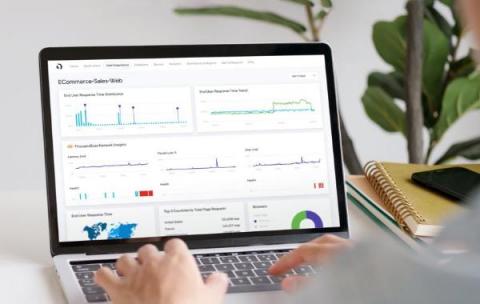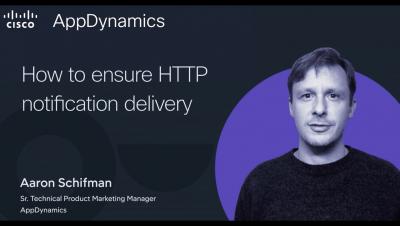Full-stack observability starts with APM and AppDynamics
How AppDynamics APM, Cloud Native Application Observability and the Cisco FSO Platform can provide a full-stack, holistic view of application performance, user experience, security posture and business impact. Recently, a customer asked me how Cisco’s investment in full-stack observability benefits traditional AppDynamics customers. To answer, first, let’s take a moment to discuss how Cisco AppDynamics fits into Cisco Full-Stack Observability.







